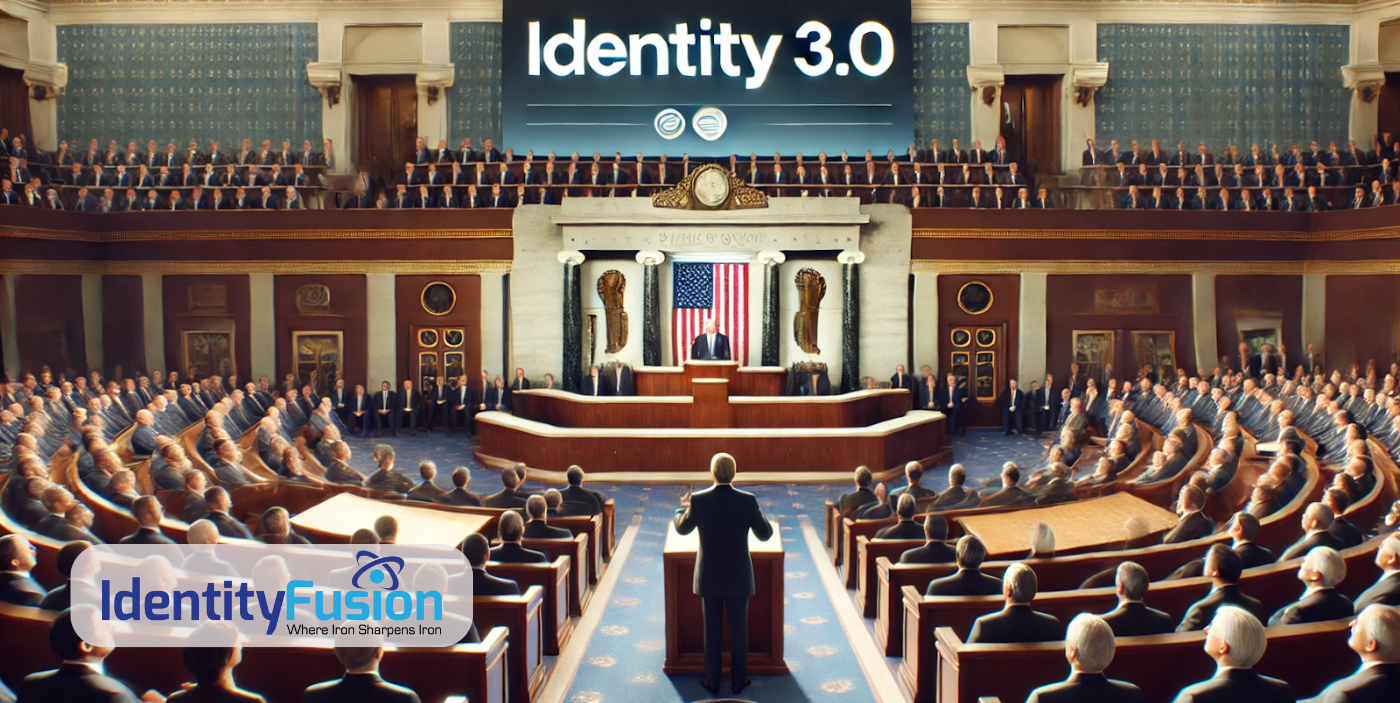The State of Identity 3.0: Where Are We Now?

Contents
The evolution of digital identity is well underway, with Identity 3.0 bringing a decentralized, user-centric approach that could revolutionize how we verify ourselves online. Traditional identity systems, which rely on centralized databases controlled by corporations and governments, are gradually being replaced by self-sovereign identity (SSI), verifiable credentials, and decentralized identifiers (DIDs).
The big question is: How far have we come in the adoption of Identity 3.0, and who is leading the way?
While decentralized identity remains in its early stages, organizations, governments, and tech pioneers are actively building the foundation for widespread adoption. Let’s take a closer look at the current adoption landscape, organizations pioneering Identity 3.0, and the road ahead for this identity revolution.
The Growing Momentum of Identity 3.0
The decentralized identity market is poised for rapid expansion. A report from Allied Market Research estimates that the decentralized identity market, valued at $156.8 million in 2021, is expected to reach $77.8 billion by 2031, reflecting a CAGR of 87.9% from 2022 to 2031 (Source: Allied Market Research).
What’s driving this rapid growth?
- Rising privacy concerns as users demand control over their personal data.
- Growing cybersecurity threats leading organizations to move away from centralized identity databases.
- Government initiatives that support blockchain-based digital identity frameworks.
As adoption grows, organizations are testing decentralized identity solutions, while regulators and businesses work to ensure that Identity 3.0 meets compliance and usability standards.
Who’s Leading the Charge?
Several organizations and governments are actively developing and deploying decentralized identity solutions, shaping the future of Identity 3.0.
1. Trust Over IP Foundation: Building Global Standards
The Trust Over IP Foundation is developing frameworks, protocols, and governance models to enable a secure and interoperable decentralized identity ecosystem. Their goal is to create a trust layer for the internet, making decentralized identity as seamless and widely accepted as existing login systems.
2. Sovrin Foundation: A Public Utility for Digital Identity
The Sovrin Network is a decentralized identity platform focused on giving users complete control over their personal credentials. Sovrin enables privacy-enhancing authentication that removes the need for intermediaries like banks and social logins.
3. The European Union’s ESSIF: Government-Backed Decentralized Identity
The European Self-Sovereign Identity Framework (ESSIF) is part of the EU’s European Blockchain Services Infrastructure (EBSI). It is designed to provide EU citizens with a blockchain-based identity system that complies with eIDAS regulations, enabling users to control their credentials and share only necessary information with service providers.
4. China’s RealDID: A National-Level Decentralized Identity System
In December 2023, China launched RealDID, a blockchain-based decentralized identity system. It includes:
- Encrypted personal data protection via blockchain.
- Anonymous authentication for secure online services.
- Decentralized real-name verification that enhances security and privacy.
China’s national adoption of decentralized identity technology is a significant milestone, demonstrating that governments can implement blockchain-based identity solutions at scale.
Where Are We in the Identity 3.0 Lifecycle?
While decentralized identity is gaining traction, we are still in the early adoption phase. The technology has progressed beyond theory, with active pilots and real-world implementations, but mainstream adoption is still a work in progress.
Current Phase: Pilot Programs & Limited Deployments
- Identity 3.0 is being tested in controlled environments across finance, government services, and healthcare.
- Enterprises and governments are experimenting with blockchain-based identity frameworks.
- Global standards are still being finalized by organizations like W3C, Trust Over IP, and the Decentralized Identity Foundation to ensure interoperability.
What’s Next? The Path to Mainstream Adoption
To transition from early adoption to mass implementation, several key challenges must be addressed:
- Regulatory Acceptance: Governments need to legally recognize verifiable credentials and decentralized identifiers.
- User-Friendly Design: Digital identity wallets must be as easy to use as social logins.
- Enterprise Integration: Businesses must adapt existing identity management systems to work with Identity 3.0.
- Cross-Platform Interoperability: Decentralized identity systems must seamlessly integrate with global services.
Once these hurdles are overcome, Identity 3.0 will move from niche adoption to mainstream use.
Final Thoughts: Identity 3.0 Is Gaining Ground
The rise of Identity 3.0 is no longer a distant vision—it is actively being developed, tested, and implemented worldwide. Governments, technology providers, and identity organizations are working together to build a privacy-first, user-controlled identity framework that removes reliance on centralized databases and password-based systems.
However, the road to mainstream adoption is still under construction. We are in a critical transition phase where standards are being finalized, regulations are evolving, and users are beginning to understand the benefits of self-sovereign identity.
As decentralized identity solutions become more widely accepted, Identity 3.0 will reshape digital identity as we know it—giving individuals true control over their credentials, securing personal data, and eliminating many of the risks associated with centralized identity management.
The shift toward Identity 3.0 is happening. The question is: Are we ready for it?
Additional Articles in this Series
Welcome to Identity 3.0: A Revolution in Digital Identity
Identity 2.0 vs Identity 3.0: A Comparative Analysis
The Road to Identity 3.0: Challenges Associated with Implementing a New Identity Paradigm
